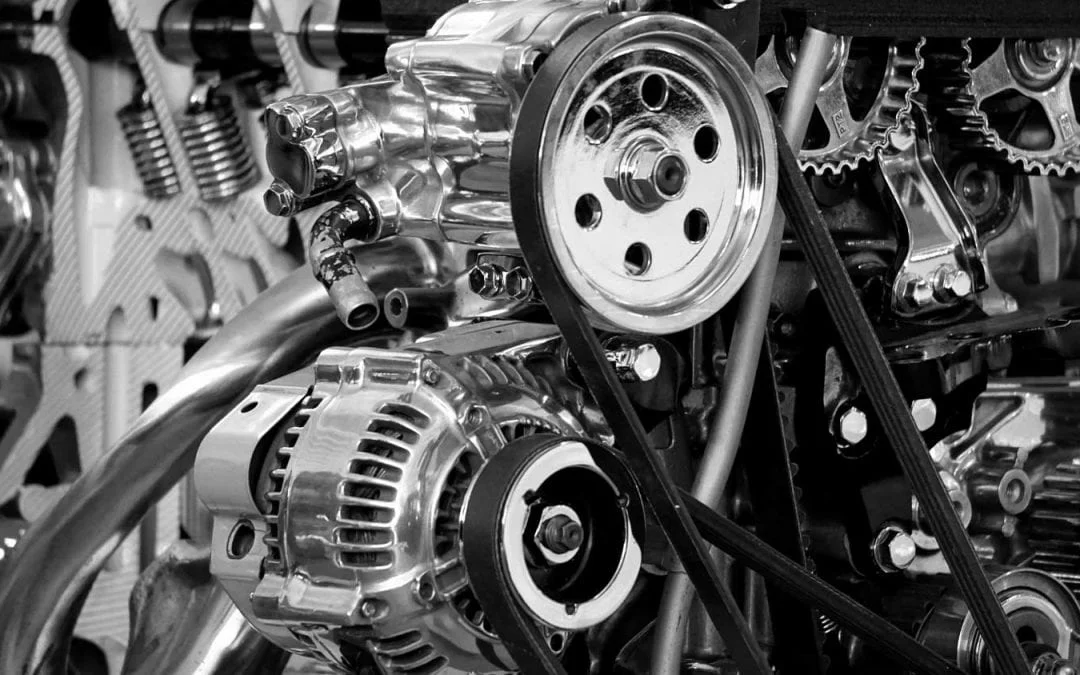If engine design is of interest for you, then you may have already heard of the two main types of internal powered combustion engines which are the 2 stroke and 4 stroke engines. The term ‘stroke’ refers to the movement or cycle of the piston in the engine. For you to better understand the functions of these engines and choose the one that is most suitable for your business’ need, read on to know about the differences of each.
How The Engines Work
- A 2 stroke engine has ports which make its design much simpler whilst a 4 stroke engine appears to have a complicated design due to its valve mechanism.
- 4 stroke engines are comparatively heavier in contrast to 2 stroke engines.
- The top side of the piston on a 4 stroke engine is flat whilst a bump or protuberance may be needed on the top side of a 2 stroke engine’s piston.
- Whilst a 2 stroke engine becomes loud when operating, a 4 stroke engine makes less noise in comparison.
- A 4 stroke engine completes 2 rotations of the crankshaft after finishing one cycle, where a 2 stroke engine completes only 1.
- With a 4 stroke engine, power is produced once every 4 strokes of the piston whilst power is produced every 2 strokes in a 2 stroke engine.
- Regular addition of oil is required for a 2 stroke engine, unlike a 4 stroke engine.
- With a 2 stroke engine, the air-fuel mixture enters through the inlet port and travels to the combustion chamber, passing through the crankcase. The mixture on a 4 stroke engine, on the other hand, remains in the combustion chamber only.
A leading established brand for a significant number of 2 stroke and 4 stroke diesel engines, we, at Precision Products UK, continue to combine our key strengths of quality, speed and flexibility with our extensive range of materials and coatings. Our products are proudly manufactured here in the UK and are supplied worldwide. Give us a call on +44 1246 261621 to discuss your project with us today.

